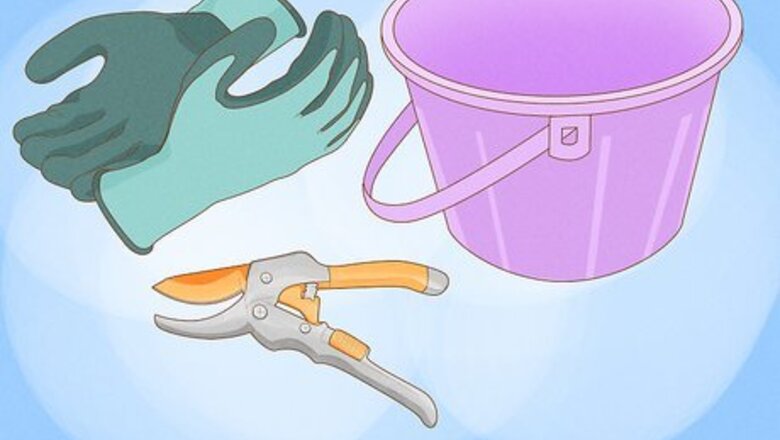
views
Preparing to Deadhead
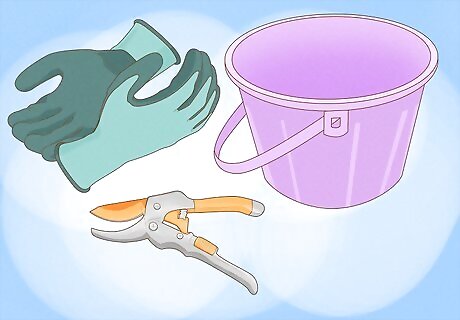
Gather the tools you’ll need to deadhead. You will need a sharp, clean pair of shears, gardening gloves, and a large bucket to haul away your clippings. Your shears should be able to make very clean cuts, but can be small enough to be held in your hand and make precise cuts. Invest in gloves that cover not only your hands but your forearms as well. Some rose bushes are very thick and tall, and will require you to reach into the bush to prune certain roses. Covering your arms will protect you from thorns.
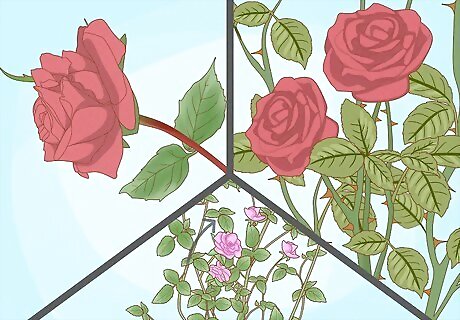
Learn to identify a spent rose and other problematic areas that need deadheading. Deadheading is done not only to promote more blooms, but it is also done to keep your rose bush healthy and free of fungal diseases and insects. Examine your rose bush and look for things such as: Spent roses. When roses complete their bloom, they will start to wilt or sag down towards the ground. Their petals will also become extremely loose and fall off even in the gentlest winds. These shoots will need to be deadheaded. Competing roses. Some roses may cross paths or be entwined together. These roses are essentially competing against each other to grow in the same small space, stunting their growths and their appearances. By deadheading these roses correctly, you can change the direction that they’ll grow next time they bloom. Roses that grow inwards. You always want the union or the bottom base of your rose bush to have plenty of sun and water. A rose shoot that grows inwards will obstruct sunlight and water from reaching the union and possibly cause bacterial fungi to fester. Essentially, you want a rose bush with all shoots growing outwards and a clear path that leads to the union.
Cutting Shoots
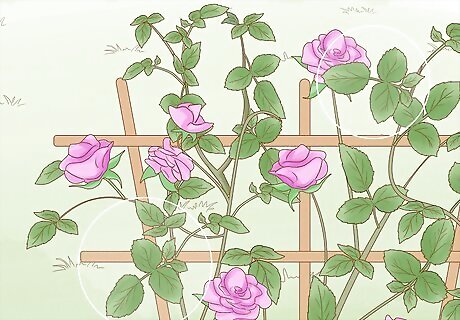
Identify a 5-leaf set that is facing the correct direction. Observe your rose shoots and you’ll probably see sets of 3 or 5 leaves. The correct way to deadhead a rose is to cut just above a leaf set that has 5 or more leaves. The 5-leaf set (sometimes called a true leaf) should be facing the direction you want your shoot to grow. For example, if you want your rose shoot to grow outward, cut at a 5-leaf set that is pointing outwards as well. Cutting at the 3-leaf set level can result in a non-flowering shoot called “blind wood”. This means, the shoot can no longer flower or grow anymore roses. However, the blind wood may flower the next season. You do not have to cut your shoot at the first 5-leaf set you see. Sometimes, a leaf set might be facing the wrong direction and you’ll need to cut further down.
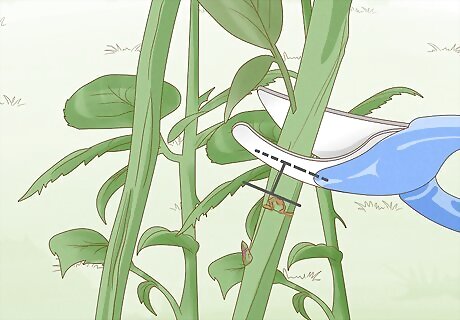
Notice the bud eye. At the joining point of the leaf set and the shoot, you may see a dark dot just above it. This is called the bud eye and will be the point from which a new stem will grow into a rose. You should make your cut just above the bud eye. If you need to prune or deadhead many rose bushes, you may not have time to look for each and every bud eye. Fortunately, the bud eye is located very close to its leaf set. Just make your cut about ¼ inch (6 mm) above the 5-leaf set.
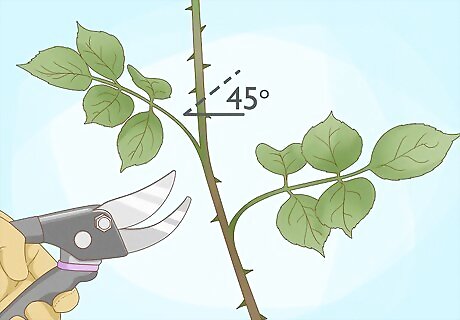
Make your cut at a 45-degree angle. You never want to make your cut straight. The 45-degree cut will help water from your sprinklers or rain to run off of the shoot and avoid bacteria or fungi from growing on the shoot. There are conflicting opinions on whether gardening shears should be used at a 45-degree angle when pruning roses. Many sources claim the angle at which you cut does not affect how well the plant heals or how many blooms it produces. Consider placing a dot of white glue on the edges of the freshly cut shoot. It can reduce the risk of disease getting into the base of the plant.
















Comments
0 comment